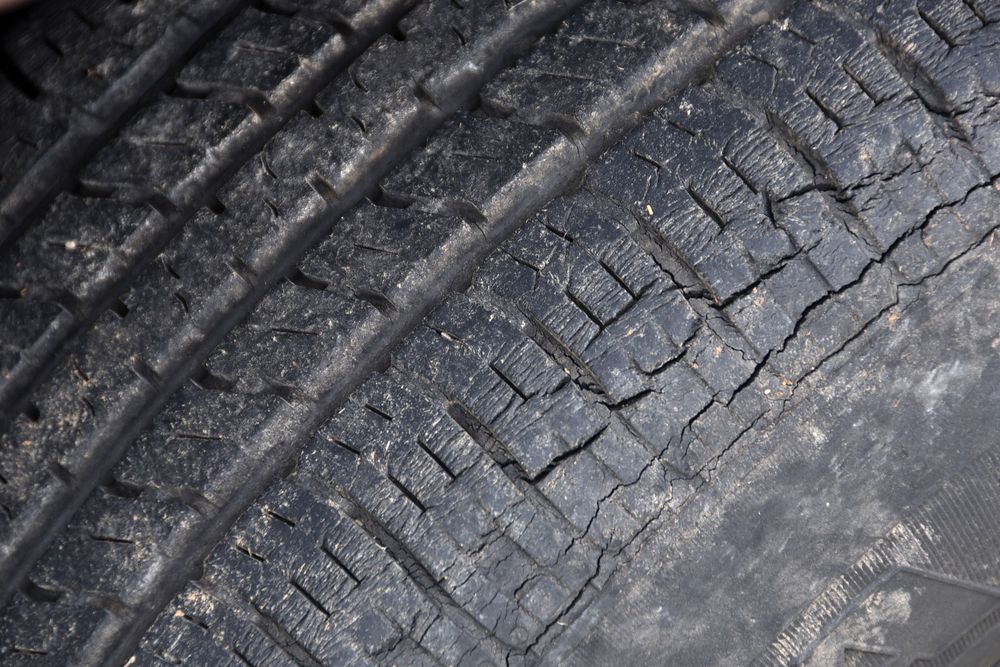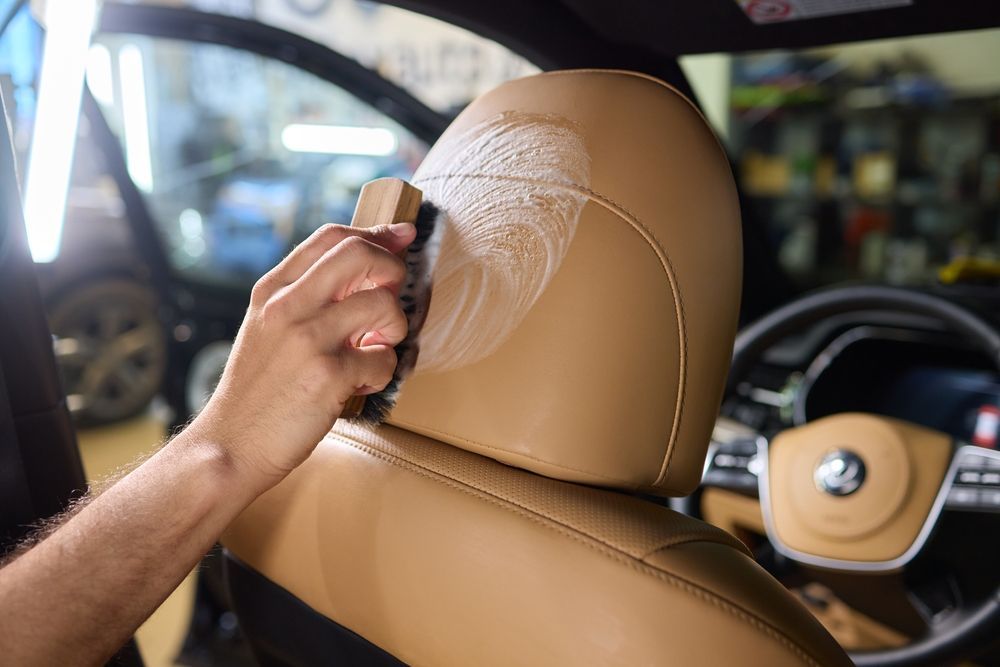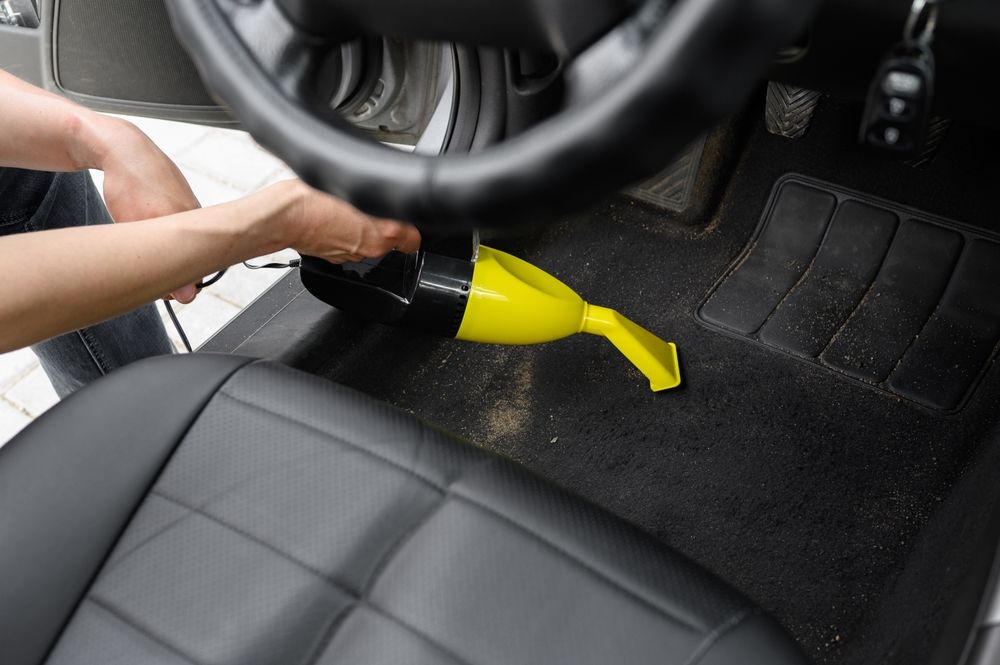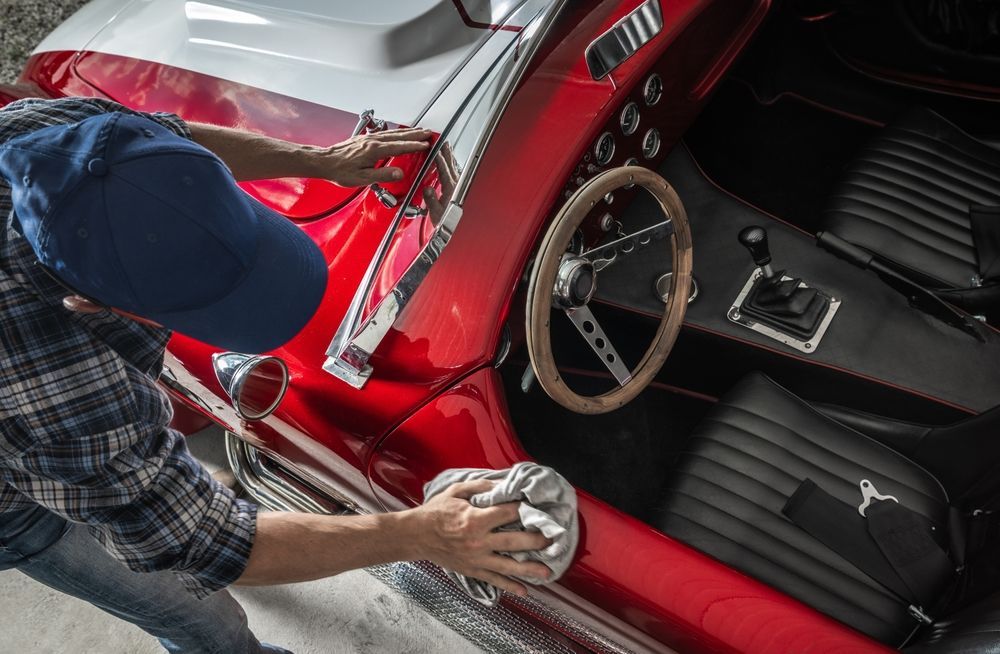How to Prevent Tire Dry Rot
Share this article:

What is Tire DRy Rot?
Tire dry rot (also known as sidewall cracking or weather checking) is a common issue that affects the rubber compound of tires over time. It typically manifests as small cracks on the sidewall or tread of the tire, resulting from exposure to environmental factors such as sunlight, oxygen, and extreme temperatures. These cracks weaken the tire's structural integrity, leading to potential safety hazards while driving.
Dry rotting can occur due to various reasons, including prolonged exposure to sunlight, frequent temperature fluctuations, infrequent use of the vehicle, and the age of the tire. While tire dry rot may initially appear as a cosmetic issue, it can progress to compromise the tire's ability to maintain traction and support vehicle weight, increasing the risk of blowouts and accidents.
Regular inspection of your tires is essential to detect early signs of dry rot and ensure your safety on the road. Prompt replacement of tires showing symptoms of dry rot is crucial to maintain optimal performance and prevent potential accidents.
4 Common Causes of Tire Rot
Tires aren’t resistant to every environmental influence. Therefore, it’s natural to seek ways to prolong their life. By avoiding exposure to environmental elements, you can expect greater longevity from your tires. Below are four common causes of tire rot and how to avoid them.
1.) UV Exposure and Oxygen
While sunlight and oxygen may seem harmless as natural elements, they can quickly cause significant degradation to the rubber in your tires. To prevent tire rot, minimize exposure to the outdoors and direct sunlight. If storing your vehicle, try to keep it away from windows or direct sunlight, and ideally, store it in a garage.
2.) Temperature and Seasonal Fluctuations
Living in an area with drastic seasonal changes can leave your tires exposed to harsh weather conditions and temperature fluctuations. Just like the cracks and potholes that plague many Midwestern roads, severe temperature shifts can take a toll on your tires. After enduring numerous cycles of seasonal weather, your tires may start to deteriorate.
To mitigate this, regularly monitor the condition of your tires, remove any snow and ice buildup, and whenever feasible, store your tires in temperature-controlled environments.
3.) Lack of Use
While it may seem contradictory, keeping your vehicle parked and stationary for extended periods can actually accelerate the aging and tire rot of your tires. Tires are designed for use, as the tire compound resins respond to movement and activity. Therefore, frequent use is the best protection against dry rot for the rubber in your tires.
4.) Tire Cleaners
While tire cleaners can enhance the appearance of your tires, some products can do more harm than good, shortening their lifespan. Therefore, it's essential to find a reliable tire cleaning product with positive customer reviews. Additionally, steer clear of petroleum-based products, as they can deplete the tire’s oxidation and weathering agents, leading to rubber cracking. When in doubt, keep it simple with soap and water!
What to Do If You Suspect Your Tires Are Cracking and Dry Rotting
It’s not worth risking your safety if you suspect any cracking or dry rotting on your tires, as they can significantly affect the overall performance of your car on the road. Therefore, when you notice any visible signs of deterioration, it’s time to invest in new tires. Applying oils, lubricants, or any other aids to your tires will not restore their life.
Consult the Experts at Wrecktify Collision
If your tires are showing signs of dry rot or cracking,
Wrecktify Collision and Restoration can help! Our experts will examine your car to assess its current condition and determinewhen the tire needs repair or replacement.
Is your car a classic, prized possession? We also offer classic car restoration so your “first love” can be restored to its original glory. Please contact us if you need help starting a stored car, want to explore our restoration services, or if your car needs collision repairs.
Connect with us:




